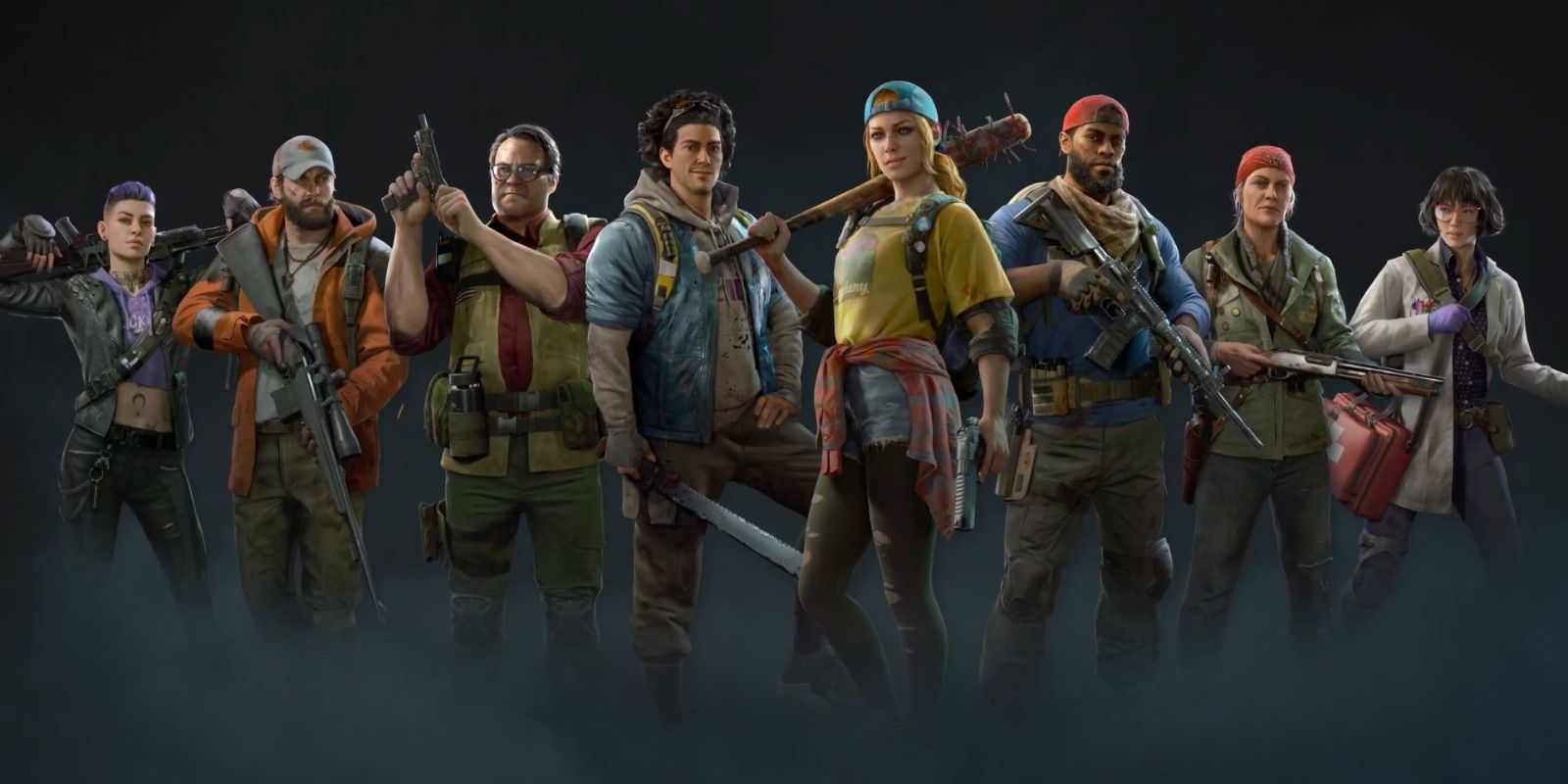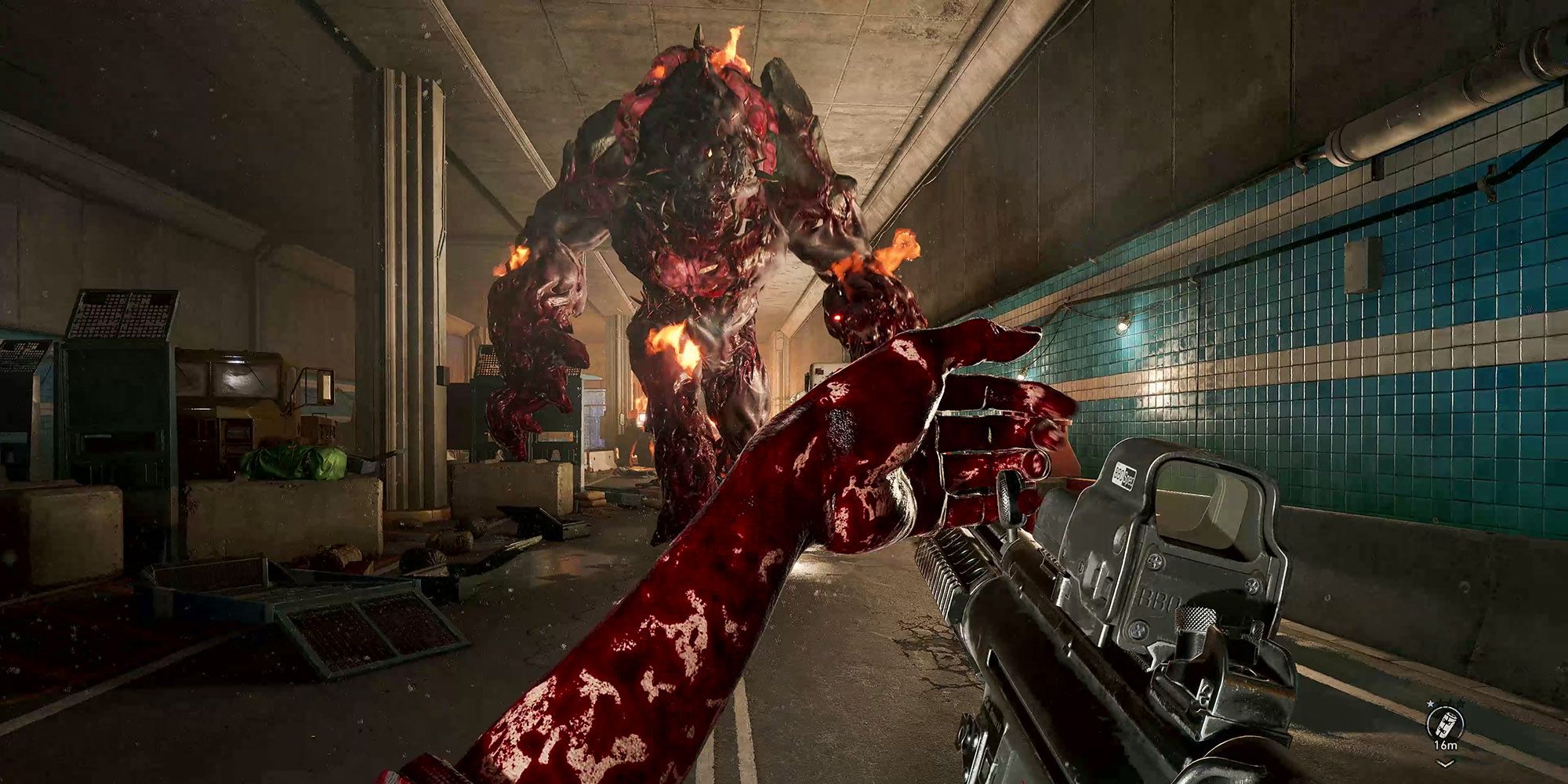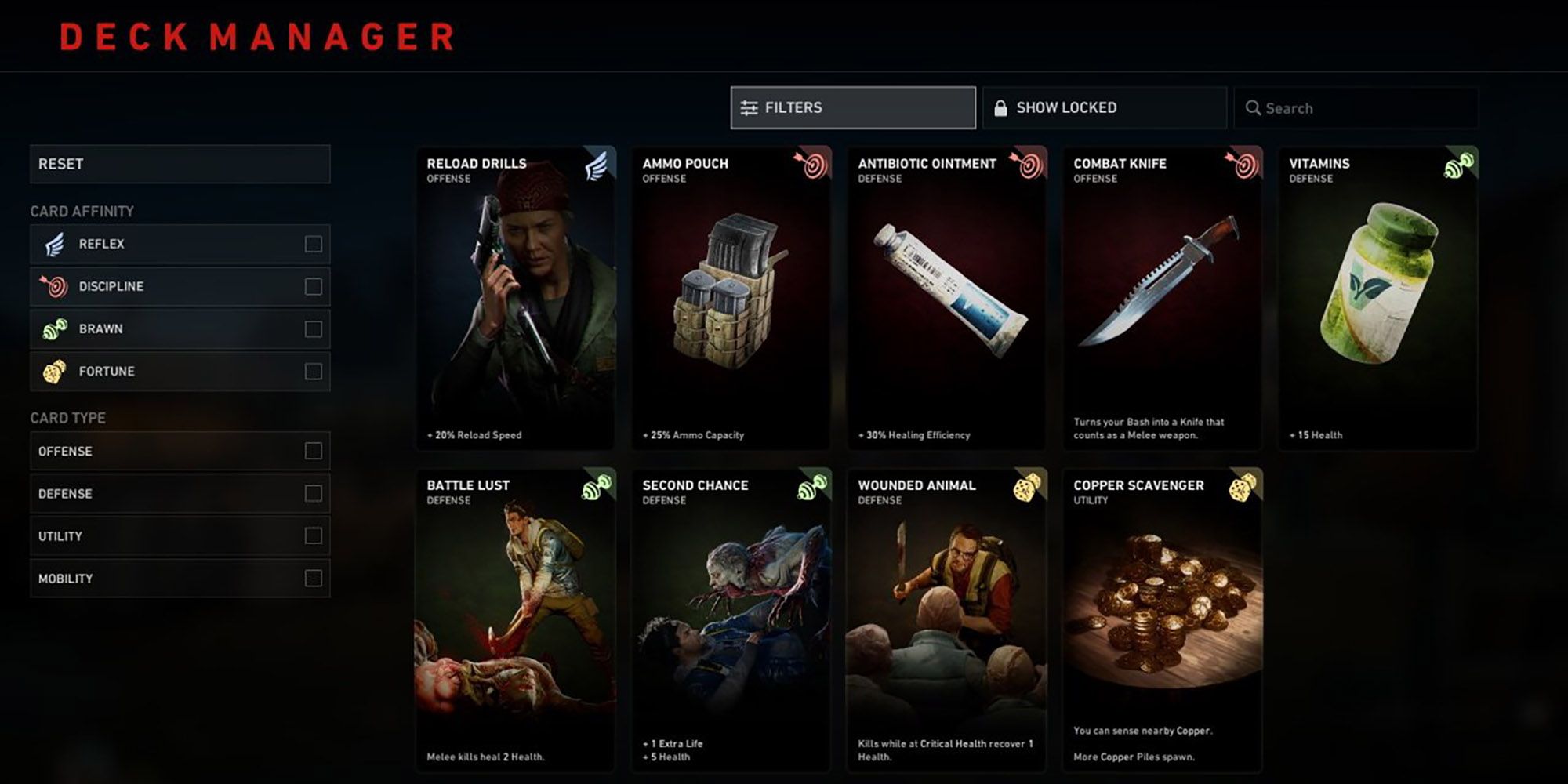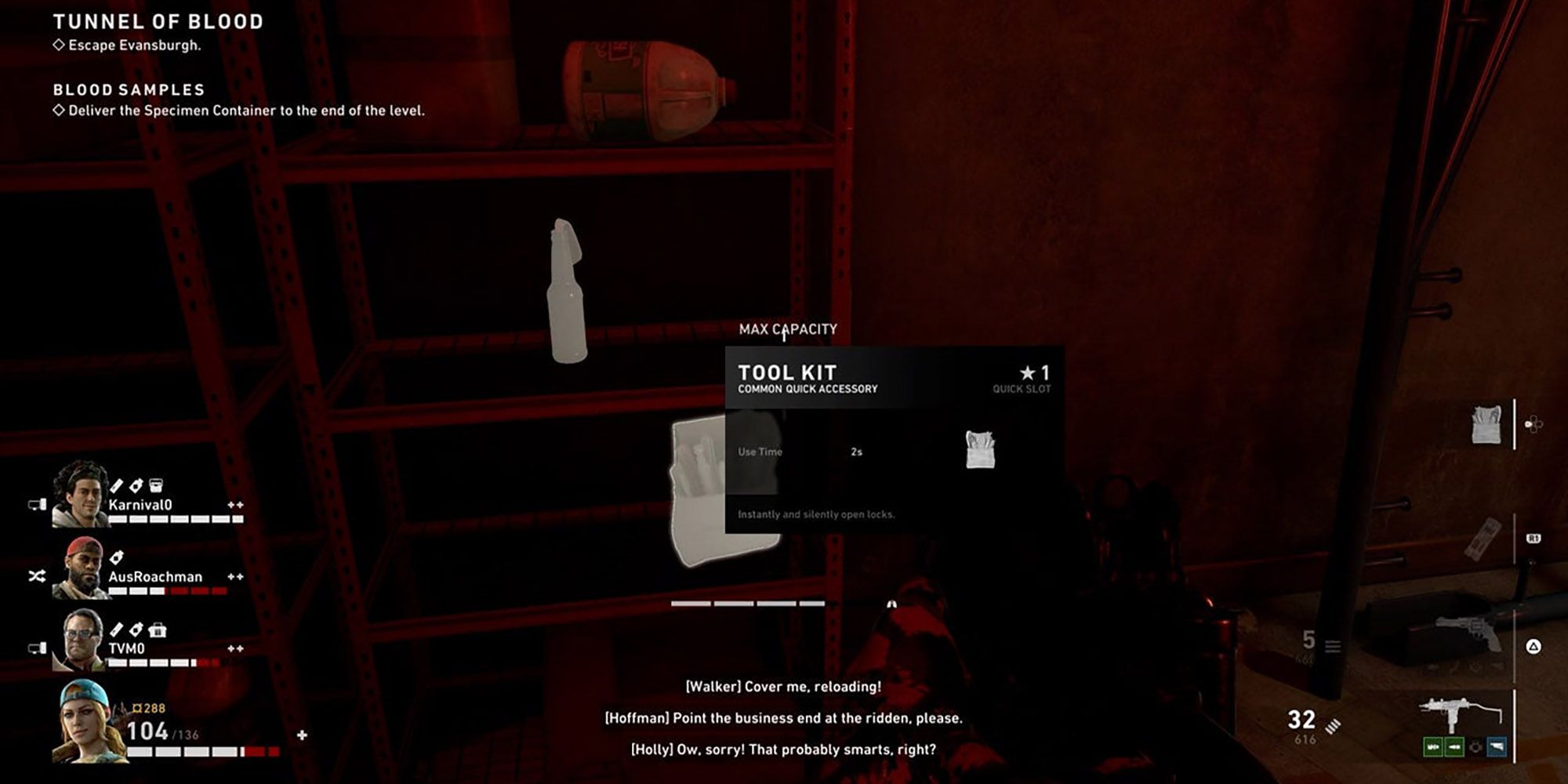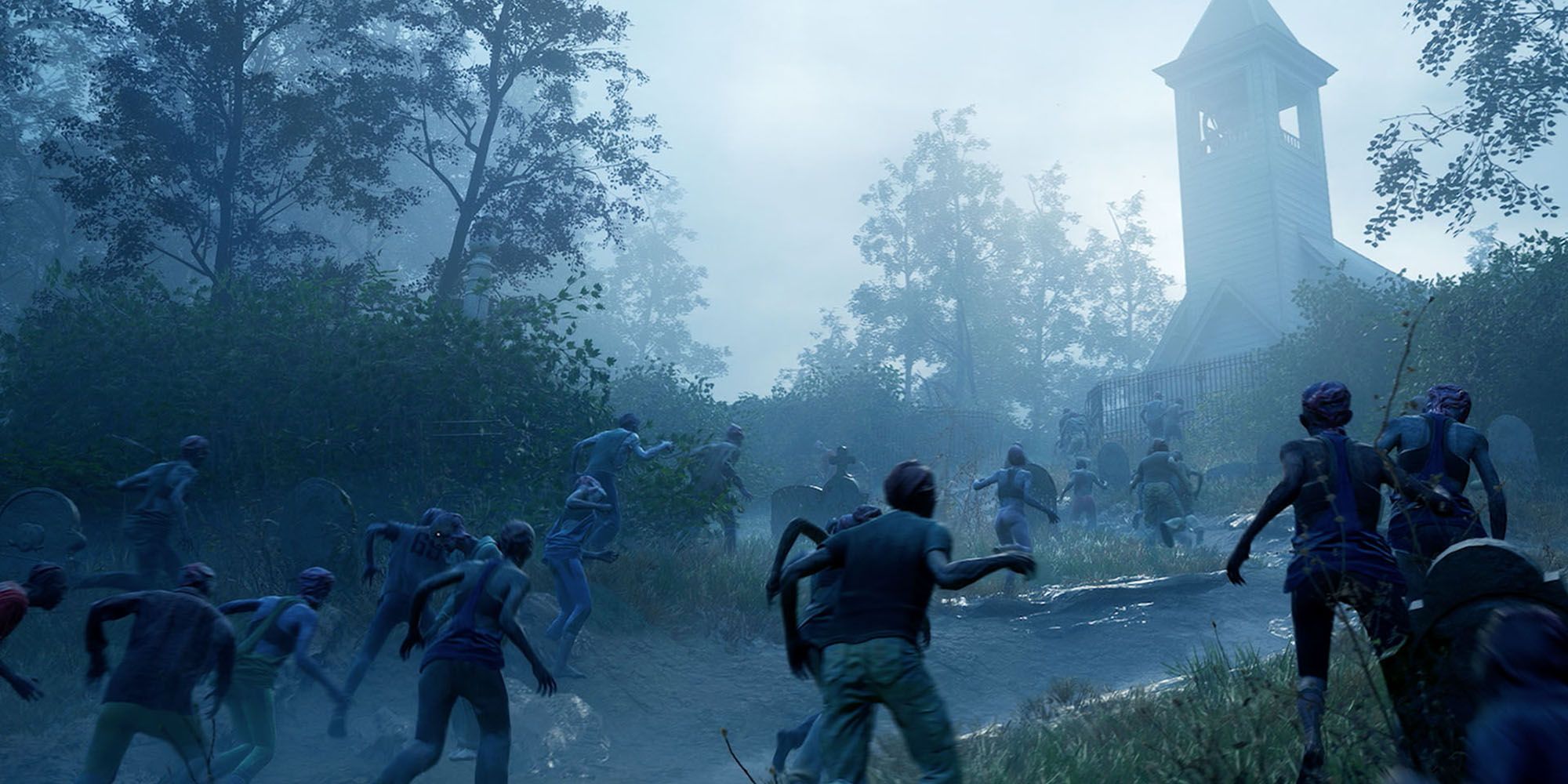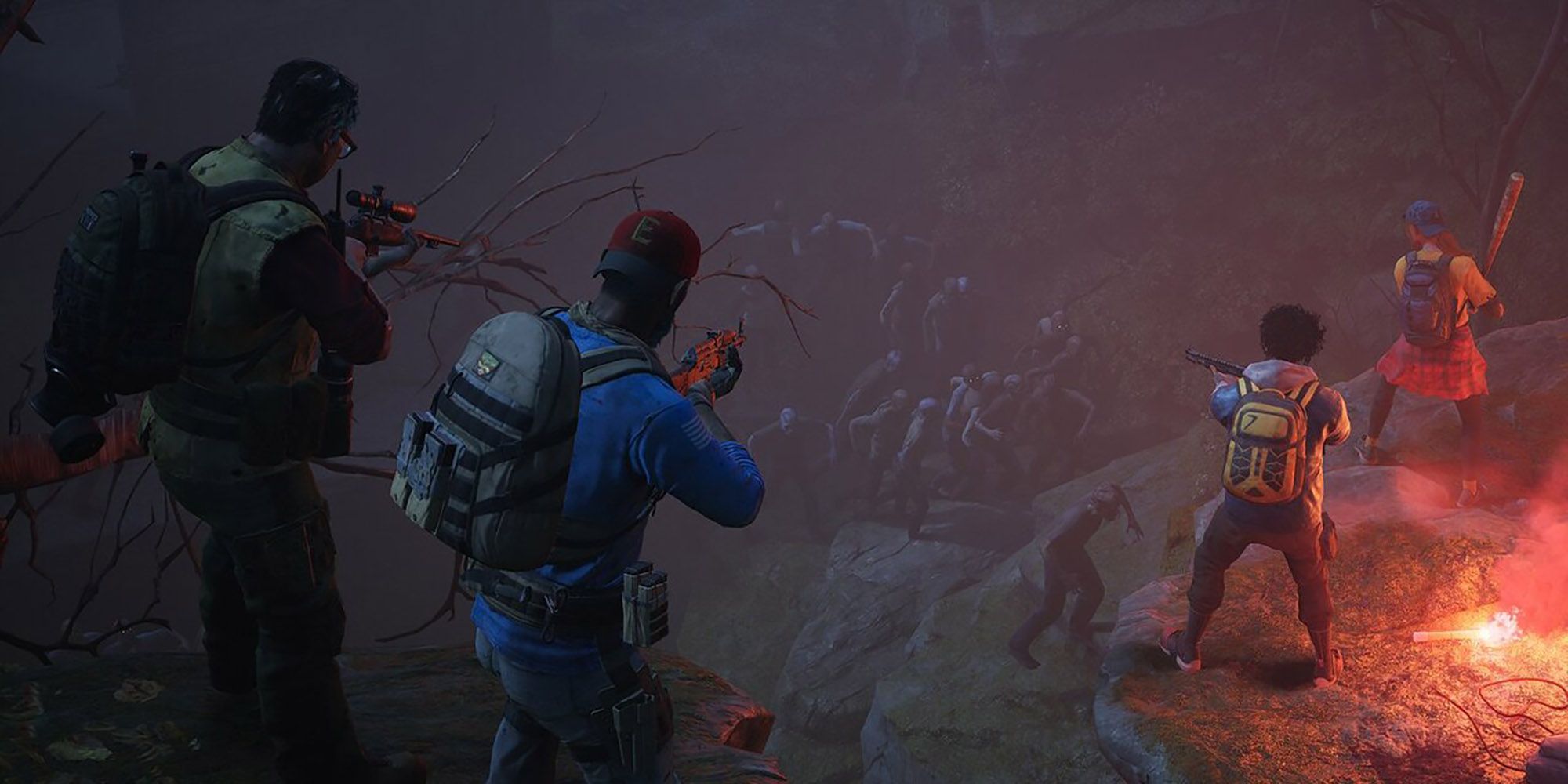The new co-op game by the Left 4 Dead team is a fantastic follow up to the classic zombie game with a lot of positive changes. Most critics agree that Back 4 Blood is a blast to play even if the current solo game has some unhappy with how content is treated. In this game, four players have to survive Ridden hordes while completing missions for Fort Hope, the main hub. They'll also need to help others as Cleaners, survivors who don't mind getting a little gore on them.
There's a lot to learn and discover in Back 4 Blood, as it's a lot bigger than Left 4 Dead with plenty of levels and content progression to get through. It also isn't as easy, with its differences giving it a decent learning curve. Here's are some tips for new Cleaners adjusting to Back 4 Blood.
Ease Into Back 4 Blood
Back 4 Blood has gotten much more difficult since its beta. Like Left 4 Dead, Ridden (the game's version of zombies) are always lurking, but Special Ridden will continually spawn. This makes waiting around or trying to figure out which way to go more hazardous, a risk that increases on higher difficulties. While it may be tempting to play on Veteran, the medium setting, it's best to play on Recruit (or Easy) until you understand where to go, what needs to be done for each level and gain more cards to build stronger decks. The Starter Deck just doesn't cut it for harder modes which leads to the next piece of advice.
Craft Decks That Suit Your Build
In Back 4 Blood, decks can be the difference between life or death difficulty or level being played. Spending Supply Points gained from missions as soon as possible means getting more cards to customize a build for specific characters, playstyles and different situations. For example, playing a melee build means you'll want to prioritize stamina, speed, damage resistance and melee bonuses rather than accuracy or reload speed. Having the right tools for the job is key to success.
Toolkits Are Vital in B4B
Next to weapons, Toolkits are the second most useful items in the game, as they play an important role in surviving, especially during longer levels. Throughout the game are crates and armory doors marked with a target, which can only be opened with a Toolkit.
While the crates usually contain one or two rarer weapons, the armory rooms have a ton of goods including weapons, ammo, bombs, health stations or healing items, and weapon mods. Weapons have stats, which means its good to get new ones or upgrade them, and it's possible to completely run out of ammo during a game when playing through an Act. Additionally, Toolkits can be used to bypass alarm doors so as to not alert the horde which can open new pathways.
Explore When Possible
There are quite a few long levels as Back 4 Blood progresses and, unlike in Left 4 Dead there is plenty to explore. While there is generally a path to take to get to the end, there are sometimes winding paths or rooms and buildings that lead to additional loot. If the team isn't doing too bad or is in dire straits but the end isn't in sight, it might be a good idea to take a look around together to see if there's anything helpful. There may even be an alternate route to get to the next destination.
Don't Be Afraid to Punch Ridden
At times, a horde of Ridden may slow the team down with their sheer numbers, and Cleaners simply won't be able to reload fast enough. While punching only temporarily provides space, it also doesn't stop a reload, meaning this combo can be used to fight back a horde and get shots in more easily -- just hit reload, throw a punch and repeat. It takes some getting used to, but punching during a reload can save lives and get characters out of a jam.

